
In Photos: Notorious Retired Hurricane Names
Never to be used again
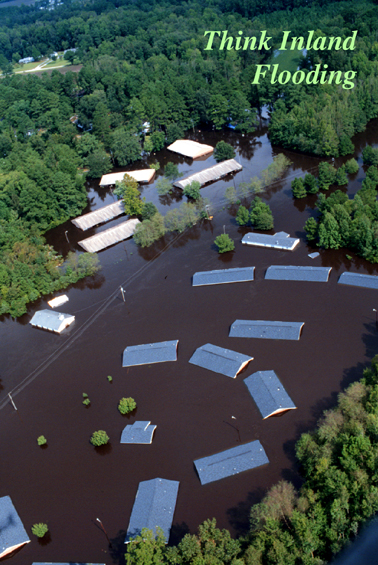
When a hurricane hits and causes substantial damage and loss of life, its name becomes retired from the rotating list of hurricane names, out of respect to those affected.
The World Meteorological Organization, which sets the name list for each hurricane basin, running on a seven year cycle so most names from the 2012 season will be used again for storms that form in 2018. The WMO also decides when to retire names, and replaces those names with another of the same letter and gender.
In these images, we take a look at some of the most notorious storms whose names were retired from the Atlantic hurricane name lists, never to be used again.
Hurricane Donna 1960
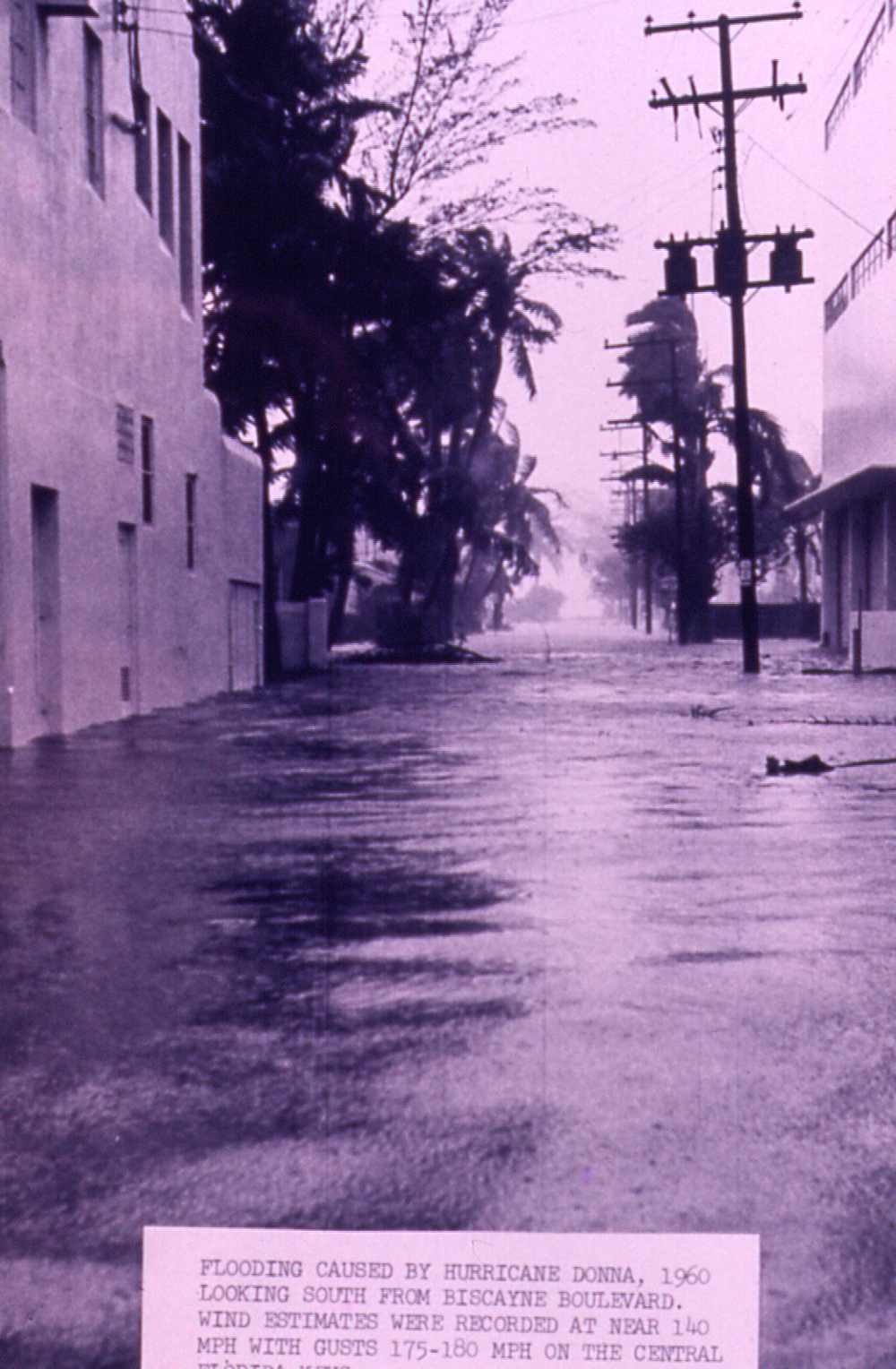
A National Weather Service synopsis describes Donna as one of the "all-time great hurricanes."
In late August and early September, it hit the Leeward Islands, the southeastern Bahamas and the Florida Keys as a major Category 4 hurricane. It then curved and made landfall on mainland Florida, also as a Category 4 hurricane, before subsequently hitting coastal North Carolina and then Long Island as a Category 3 storm. It was a Category 1 and 2 as it moved over New England.
All of those landfalls in the United States made Donna the only notable storm to bring hurricane winds to Florida, the Mid-Atlantic and New England, the NWS noted.
In addition to its punishing winds, Donna generated large storm surges. It killed 50 people in the United States and 114 in the Bahamas, Leeward Islands and Puerto Rico. It caused $387 million in damage in the United States and $13 million elsewhere.
Hurricane Camille 1969
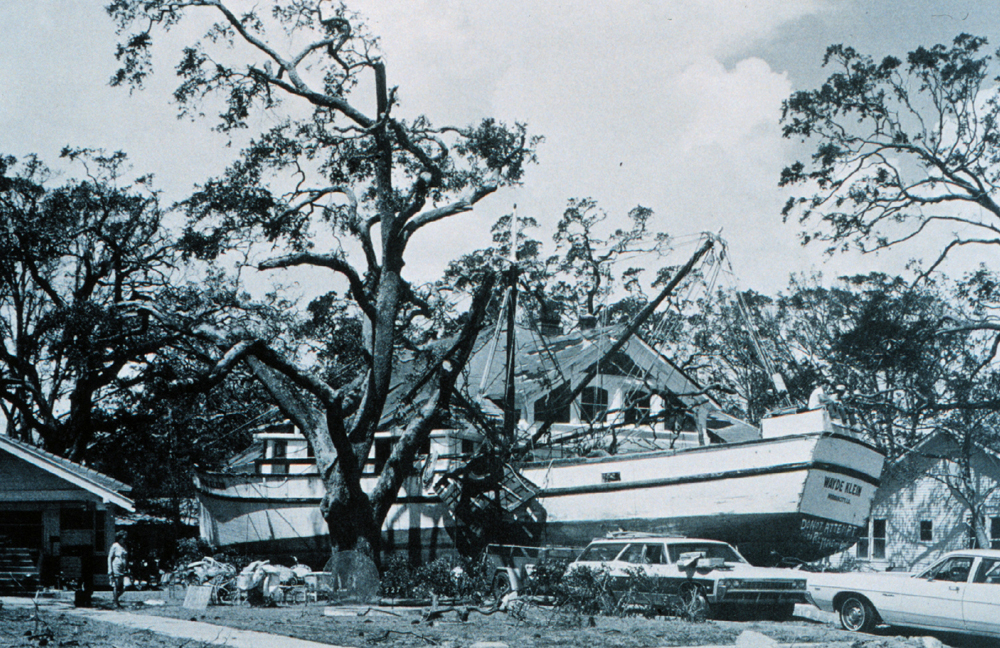
Beginning life in the Caribbean Sea, Camille eventually strengthened into a Category 5 hurricane before it made landfall along the Mississippi Coast on Aug. 17, not far from where Katrina would hit decades later.
Until Katrina, Camille was the storm by which all others were measured in this part of the Gulf Coast. It brought a storm tide of 24.6 ft (7.5 meters) occurred at Pass Christian, Miss., and winds that likely reached 200 mph (322 kph), though the exact wind speeds will never be known because the storm destroyed any measurement equipment, according to the National Weather Service.
After it moved inland, Camille opened up a burst of rain over the Virginias and caused catastrophic flash floods.
Camille caused $1.4 billion in damage and killed 256 people in the United States.
Hurricane Hugo 1989
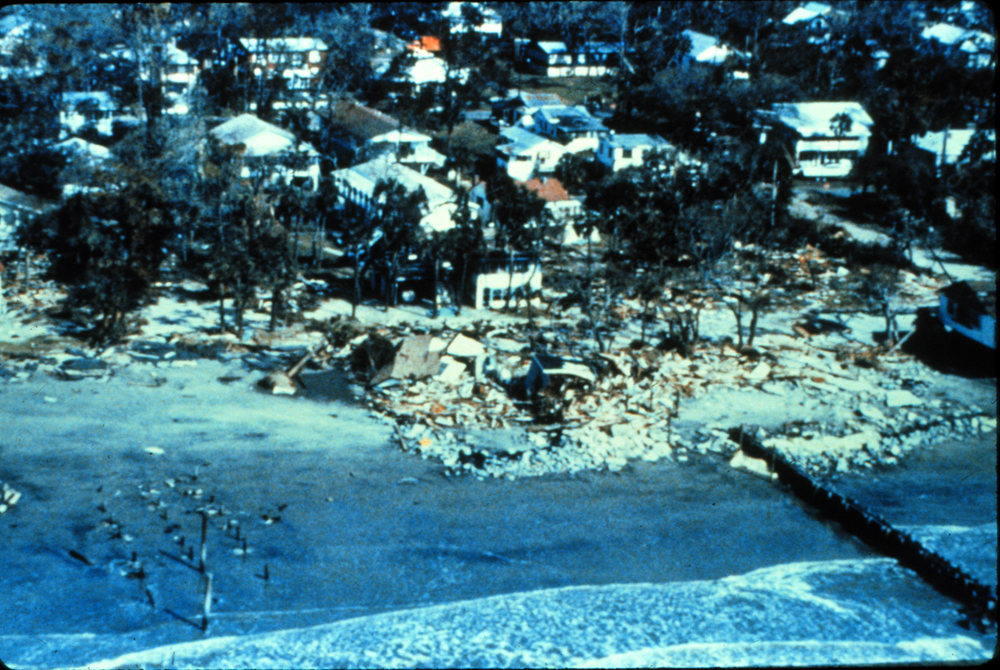
Hurricane Hugo was a classic Cape Verde hurricane that achieved a peak strength in the Category 5 range. It made landfall just north of Charleston, S.C., as a still strong Category 4 hurricane on Sept. 22.
Storm surge inundated the South Carolina coast, and high winds reach far inland, according to the National Weather Service.
Hugo killed an estimated 21 people in the United States and caused $7 billion in damage. It killed another five people in Puerto Rico and the U.S. Virgin Islands and 24 elsewhere in the Caribbean.
Hurricane Andrew 1992
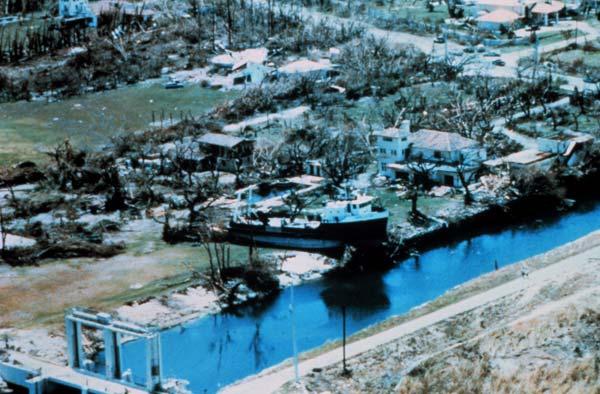
Until Hurricane Katrina, Andrew was the most damaging storm in U.S. history; it caused $26.5 billion in damage and led to 23 deaths in the United States and three more in the Bahamas.
Andrew was a devastating Category 5 storm at landfall on Aug.24. It reportedly destroyed 25,524 homes and damaged 101,241 others in the hardest hit areas of south Florida. The town of Homestead was virtually wiped out.
Hurricane Floyd 1999

While Hurricane Floyd whipped coastal North Carolina with strong winds and substantial storm surge, it is best remember for the torrential rains it unleashed.
Floyd came ashore as a Category 2 hurricane, and in combination with a frontal system over the eastern United States, it unleashed rains of more than 10 inches from North Carolina northeastward, according to the National Weather Service. Wilmington, N.C., saw 19.06 inches, while Brewster, N.Y., saw 13.7 inches.
The flooding that resulted, combined with other effects from Floyd, caused $3 billion to $6 billion in damage. Fifty-six people were killed in the United States from Floyd.
Hurricane Charley 2004
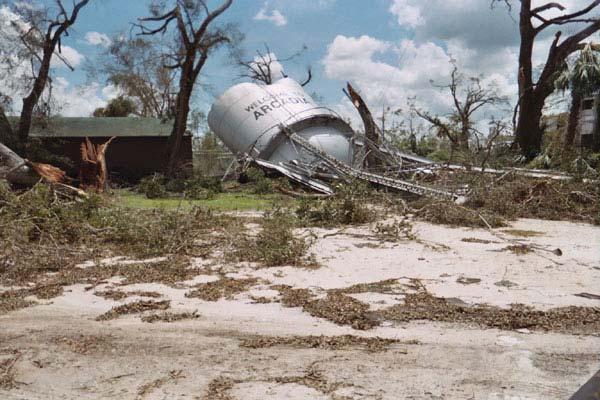
Charley's ferocity was a surprise to many in southwest Florida who were hit by it.
The storm was only a Category 2 as it took aim at the hurricane-prone state, but it rapidly intensified to a Category 4 storm in the six hours before it made landfall and causing considerable damage.
Charley killed 10 people in the United States and caused an estimated $14 billion in damages, making Charley the second costliest hurricane in U.S. history.
Sign up for the Live Science daily newsletter now
Get the world’s most fascinating discoveries delivered straight to your inbox.
Hurricane Katrina 2005
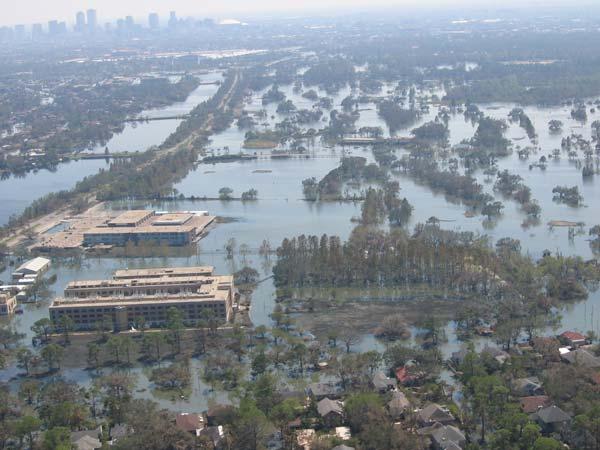
Hurricane Katrina was a Category 3 storm when it made landfall along the Gulf Coast. Its previous Category 5 status meant it had built up a tremendous storm surge.
In addition to overwhelming New Orleans' levees and flooding at least 80 percent of the city, the storm surge inundated the Mississippi coast, destroying many buildings there.
Katrina caused 1,800 deaths, making it the deadliest hurricane to strike the United States since the Palm Beach-Lake Okeechobee hurricane of September 1928. It also caused about $125 billion in damages.
Irene 2011
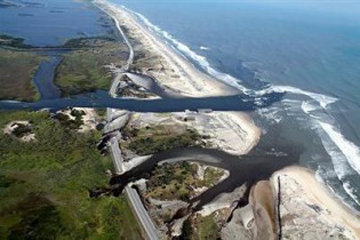
In April 2012, the World Meteorological Organization announced that it was retiring the name "Irene" form the Atlantic hurricane list because of the damage it caused in the Caribbean and the East Coast of the United States.
Irene affected the Bahamas as a Category 3 hurricane. It made landfall in North Carolina as a Category 1 storm, moved back out to sea for a second landfall near Atlantic City, N.J., and then a third in New York City along Coney Island as a much weaker storm.
Irene's rains caused massive floods and damage inland in New York, New Jersey, Massachusetts and Vermont.
Including flood losses, damage in the United States is estimated to be $15.8 billion. He storm was directly responsible for five deaths in the Dominican Republic, three in Haiti, and 41 in the United States.
Follow OurAmazingPlanet for the latest in Earth science and exploration news on Twitter @OAPlanet. We're also on Facebook & Google+.

Andrea Thompson is an associate editor at Scientific American, where she covers sustainability, energy and the environment. Prior to that, she was a senior writer covering climate science at Climate Central and a reporter and editor at Live Science, where she primarily covered Earth science and the environment. She holds a graduate degree in science health and environmental reporting from New York University, as well as a bachelor of science and and masters of science in atmospheric chemistry from the Georgia Institute of Technology.









